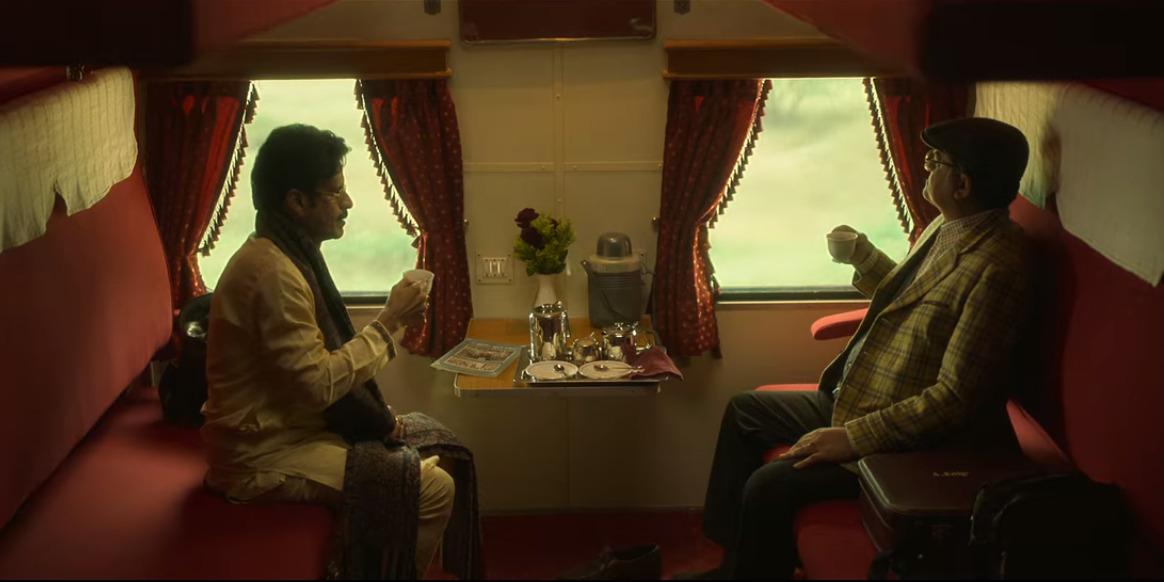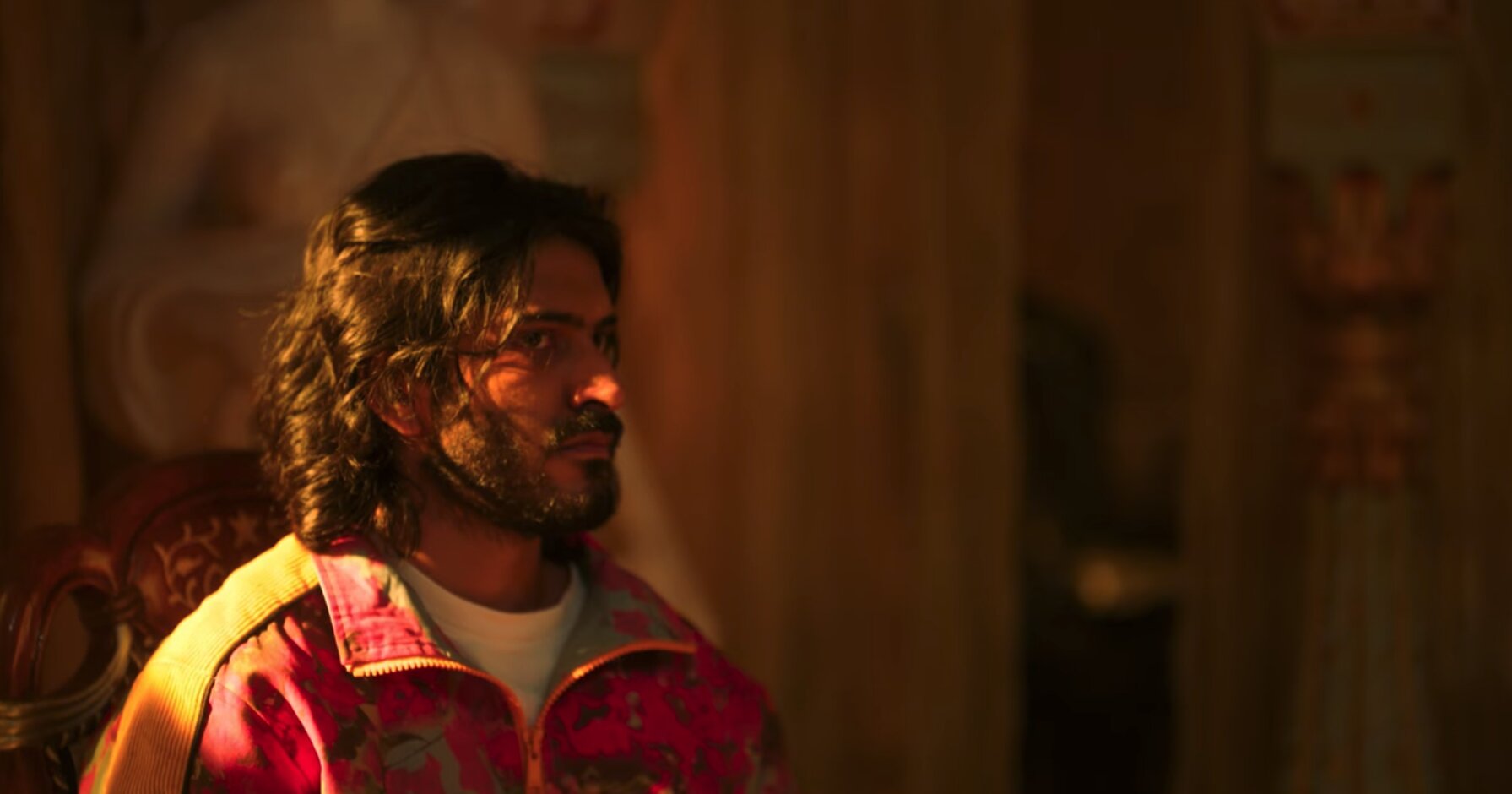
Satyajit Ray is a milestone of Indian thought, with an ancestry that can be traced back for at least ten generations and an intellectual talent that lead him to become a prominent writer and filmmaker. His cinematic style, that was expressed during the years in which Bollywood films were booming, took a more introspective approach. Ray was inspired by the realism of directors such as Jean Renoir and Vittorio De Sica, whom he met during a visit to London. His creative storytelling embraced multiple fields: from narrative filmmaking to documentary, from literature to music composition, from illustration to calligraphy. The common feature of all his works was the humanistic universality conveyed through an apparent simplicity, that would reveal various levels of complexity. Netflix homages this cultural icon in India and Bengali communities, through the anthology web series Ray, created by Sayantan Mukherjee.
The series, released on June 25th, is skilfully directed by Srijit Mukherji, Vasan Bala and Abhishek Chaubey. The four episodes inspired by the works of the renowned Kolkata filmmaker and produced by Ajit Andhare, Tipping point and Viacom18 Studios, feature Manoj Bajpayee, Ali Fazal, Harshvardhan Kapoor and Kay Kay Menon in key roles.
There is no horizontal line, since each episode is an autonomous cinematic tale. However there is a general unity of themes, that discloses the values of Indian philosophy and religion, moulded into an all-embracing code of conduct. These stories inquire into the world’s mode of being, and how individuals must turn towards the inner life of subjectivity. Indian spirituality is shown in the way the inner journey of each character should be motivated by the goal of salvation, but it craftily intertwines Western existentialism in examining how the mind (or consciousness) creates an apparently material universe.
In terms of directorial style there is continuity between the autonomous episodes, through a stupendous saturated cinematography, as well as the pragmatic approach that blends with the surrealism of meta-theatrical representations.
The verticality of each episode, like a traditional moral tale has a classical three act structure, ultimately delivering the message that what goes around comes around. The first story is Forget Me Not by Srijit Mukherji. Based on Ray’s short story Bipin Chowdhury’r Smritibhrom (Bipin Chowdhury’s Memory Loss), it chronicles the mental and social debacle of a successful entrepreneur Ipsit Rama Nair (Ali Fazal). The story is set in Mumbai, and is triggered by a serendipitous encounter that will subvert Ipsit’s life, who is a partner at the well-heeled company Chrysalis. Just like the name of his business, the character seems to be stuck in a Hitchcockian cocoon of transformation that never gives him peace of mind. It is impressive how the brilliant screenwriters, Niren Bhatt and Siraj Ahmed, weaved in the mundane dialogue emblematic quotes not just by Satyajit Ray, but by other thinkers, that mirror the situation Ipsit is experiencing. For instance, at an award event, the know-it-all protagonist proclaims: ‘after this, therefore because of this,’ that comes from the Latin expression ‘Post hoc ergo propter hoc,’ meaning that to every action there is a consequence. This phrase, that seems to be casually tossed in the episode, becomes the epitome of the protagonist’s journey.

The second episode, Bahrupiya by Srijit Mukherji is based on Ray’s short story with the same title that means Multi-character. The story is about the redemption of a wretched man in Kolkata, Indrashish (Kay Kay Menon), that turns into a Faustian curse. Indrashish is an office employee who gets hold of a valuable book on the art of prosthetics, passed down to him by his grandmother. He will become a master of this skill by impersonating different men, but the situation will get out of hand when he exceeds in wanting to “play God,” something that is condemned in all of Satyajit Ray’s storytelling. Hence, the tool of existential restitution backfires against Indrashish, because he misuses it. This episode is exceptionally significant in the way it explores the sense of identity, and its transformation.

The third episode, Hungama Hai Kyon Barpa by Abhishek Chaubey based on the story Barin Bhowmik-er Byaram (Barin Bhowmick’s Ailment), is about two people. Musafir Ali (Manoj Bajpayee), a popular performer and Aslam Beig (Gajraj Rao), a wrestler turned sports journalist, meet on a train journey from Bhopal to Delhi and discover a much earlier link between them. Contrarily to the previous punitive episodes, here we have an example of atonement, that explores impulse control disorders and how one can outgrow them and make amends. The sense of conscience and self-respect are shown through the lens of dignity, almost as an earthly day of reckoning, where characters can right their wrongs. The production team is worthy of praise, because they suavely insert a vintage copy of Satyajit Ray’s short stories in a very meaningful moment of the story.

The final episode of the series, Spotlight by Vasan Bala, based on Ray’s short story of the same name, revolves around a celebrated and capricious actor Vikram “Vik” Arora (Harshvardhan Kapoor). The episode begins with a quote by the very Ray: ‘There’s always some room for improvisation,’ which pertinently shows how this Bollywood male diva has to confront the unexpected. Always accustomed to having everyone satisfy his every whim, he will find himself upstaged by Didi, a spiritual guru who triggers more fandom than him. Besides the humbling lesson Vik will learn by the end of the episode, the entire circumstance delves into the philosophical idea of the look we project on others, and the one they use to scrutinise us. The entire Kafkaesque-Lynchian twist is articulated in a witty and humouristic manner.

Overall, the whole series celebrates with poignant delicacy the way Satyajit Ray has shaped Indian and Bengali cinema, as well as having inspired Western directors and authors. Sayantan Mukherjee has found an effective storytelling to make Ray’s themes and tales appealing to modern audiences, as well as visually beguiling.
Final Grade: A

